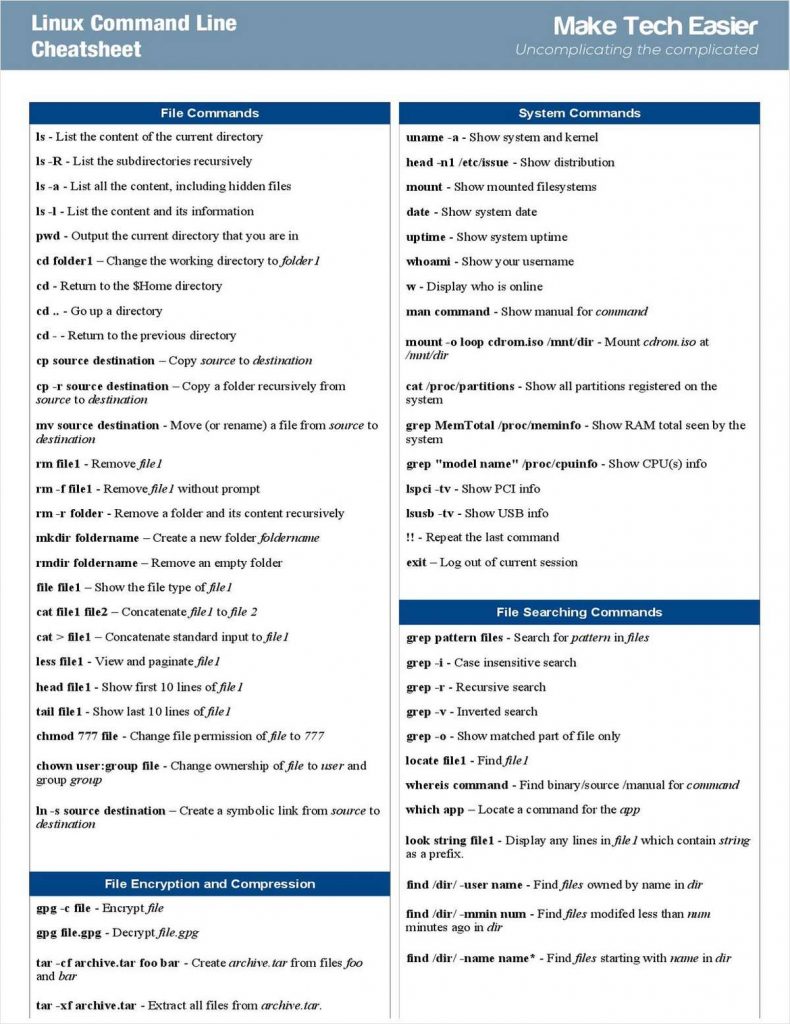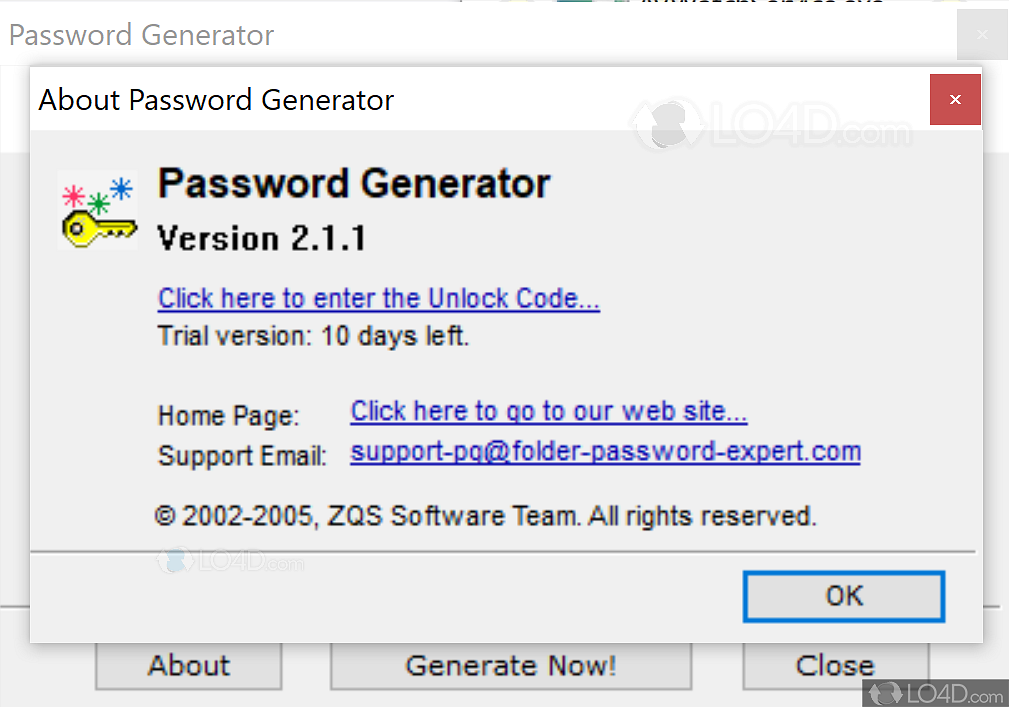

- Linux password generator command line number of bits update#
- Linux password generator command line number of bits full#
- Linux password generator command line number of bits download#
Email address is the contact email for the key, and the optional Comment can identify a company, use, or version. The Real name is the name of a person, company, or product. GnuPG needs to construct a user ID to identify your key.Ĭhange (N)ame, (C)omment, (E)mail or (O)kay/(Q)uit? The next set of prompts constructs the identity.

You are asked to confirm your selection before continuing.
Linux password generator command line number of bits update#
If you do expire the key, you need a plan to update and rotate keys before the expiration. If you don't expire the key, it is never automatically revoked even if the private key is compromised. For signing keys, I think about the expected lifetime of the objects I am signing. Notice the default is "does not expire." I usually go with years for an email key. Then consider your security habits as well. Please specify how long the key should be valid.Ĭheck company policies for how long the key should be valid. The Fedora and Red Hat security keys we imported in the last article are both 4096 in length. Longer is not always better, but I would definitely go with 2048 or 4096. Unless you have a company policy that specifies otherwise, choose the default of RSA and RSA for your multi-use or email exchange key pair. The first question is what kind of key algorithm you want.
Linux password generator command line number of bits full#
Let's describe the options on the full generate option: $ gpg -full-generate-key

The quick and full generate options can also be used in a batch mode as documented in the man page.

In addition to creating the key, it also stores a revocation certificate. The -generate-key option prompts for the real name and email fields before asking for a confirmation to proceed.It implements defaults for all other options. The -quick-generate-key option requires you to specify the USER-ID field on the command line and optionally an algorithm, usage, and expire date.The gpg command has three options for creating a key pair: Creating the key pair is similar to creating ssh keys in that you choose a key size, specify an identifier, and set a passphrase. To receive an encrypted file that only you can open, you first need to create a key pair and then share your public key. How well do you know Linux? Take a quiz and get a badge.Linux system administration skills assessment.A guide to installing applications on Linux.
Linux password generator command line number of bits download#
Download RHEL 9 at no charge through the Red Hat Developer program.Openssl rsa -in privkey.pem -passin pass:foobar -pubout -out privkey. (This expects the encrypted private key on standard input - you can instead read it from a file using -in ).Įxample of creating a 3072-bit private and public key pair in files, with the private key pair encrypted with password foobar: openssl genrsa -aes128 -passout pass:foobar -out privkey.pem 3072 To then obtain the matching public key, you need to use openssl rsa, supplying the same passphrase with the -passin parameter as was used to encrypt the private key: openssl rsa -passin file:passphrase.txt -pubout You can also used a named pipe with the file: option, or a file descriptor. Or supply the passphrase on standard input: openssl genrsa -aes128 -passout stdin 3072 However, note that this passphrase could be grabbed by any other process running on the machine at the time, since command-line arguments are generally visible to all processes.Ī better alternative is to write the passphrase into a temporary file that is protected with file permissions, and specify that: openssl genrsa -aes128 -passout file:passphrase.txt 3072 You can generate a keypair, supplying the password on the command-line using an invocation like (in this case, the password is foobar): openssl genrsa -aes128 -passout pass:foobar 3072 If you don't use a passphrase, then the private key is not encrypted with any symmetric cipher - it is output completely unprotected.


 0 kommentar(er)
0 kommentar(er)
